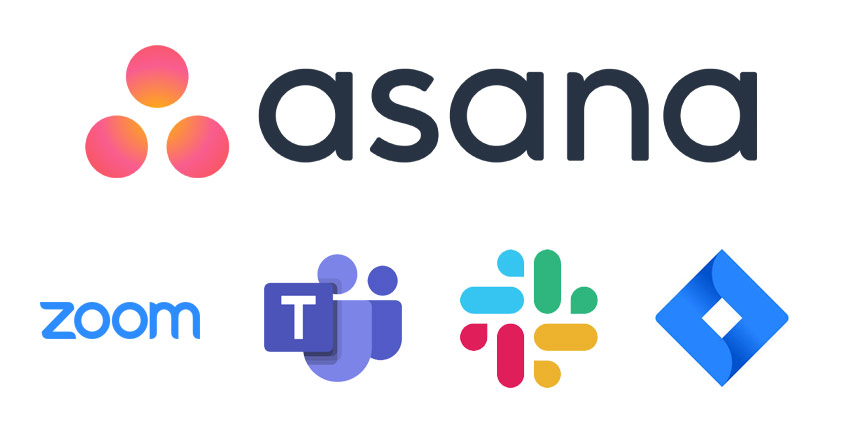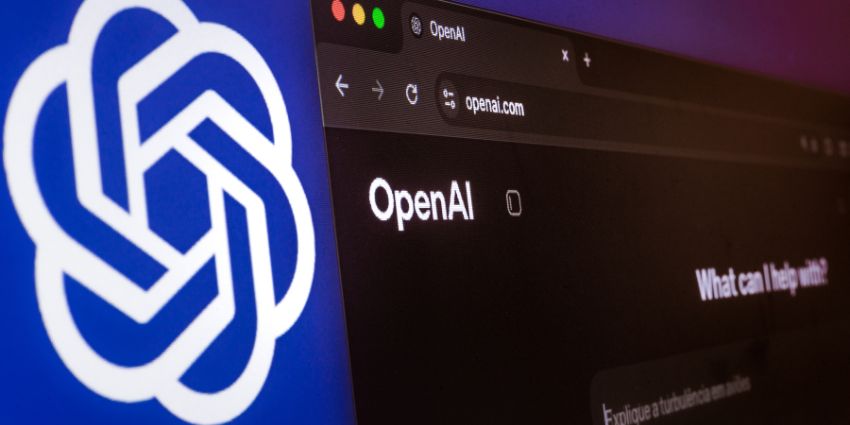Asana, a work, and project management solution for modern teams, recently announced the arrival of new and expanded integrations with leading tools. The new integrations with Microsoft Teams, Atlassian Jira, Slack, and Zoom enhance the Asana app ecosystem, which already supports almost 200 integrations. Further boosting its solution for enterprise customers, Asana is also introducing increased admin capabilities and more opportunities for teams to work with automation securely.
As we come to the end of 2020 and organisations continue to search for the best way to connect and collaborate, many of us are switching between dozens of apps every day. According to Head of Product for Asana, Alex Hood, employee experience is the new customer experience. Businesses need to arm their teams with the right, agile tech stack for the new landscape.
To assist companies in making the transition to a better mode of work, Asana is introducing more ways to connect to the essential apps of the enterprise, including enhanced and new integrations with Slack, Zoom, Atlassian Jira, and Microsoft Teams. Further, Asana is also deepening its own workflow and centralized admin control capabilities.
Building on the Asana App Ecosystem
The new expanded solutions on Asana’s app ecosystem will make it easier for employees to access all the tools they need in one place.
The Asana for Zoom Apps solution will allow customers of Zoom to receive notifications from Asana within Zoom chat channels. Asana customers can also attach Zoom call transcripts to tasks for quick references, and give teammates further context, reducing the number of times customers switch platforms.
Chief Product Officer at Zoom, Oded Gal, said that Zoom is pleased to partner with Asana on the Zoom for Asana solution. This will empower teams to create and link to their meetings within Asana with a bilateral integration across both platforms. Customers can prioritise and centralise their work in one place to simplify workflows.
The Asana for Slack integration will allow teams to share milestones, portfolios, and projects as unfurls within Slack. One of the most popular integrations, the Asana for Slack enhancement will build on the ability that users already have to create and assign tasks from messages in Slack. Enterprise Grid customers will also have support for the first time
According to the VP of Product for the Slack Developer Platform, Steve Wood, Slack’s open platform serves as a critical engagement layer for bringing processes, people, and systems together in a way that makes life simpler. The new enhancements to the Slack and Asana integration will ensure expanded collaboration functionality to a wider array of customers.
The Asana for Microsoft Teams solution allows customers to create tasks directly in Microsoft’s new Teams meeting feature, so that key action times are reflected in Asana. Coupled with the integration for Jira Cloud, the Asana integration for Atlassian Jira Server Edition will allow teams to create and link Jira issues within Asana tasks. Users can also get updates on open issues, whether they’re on-premises or in the cloud.
New Controls for Enterprise Admins
Alongside the new integration updates, Asana is also simplifying the way that companies can manage their data with new controls for admins. There are also stronger security features across the platform. Enterprise admins will now have the power to block, view, and accept which apps integrate with Asana. What’s more, admins can choose which employees can attach sensitive content to tasks.
The introduction of encryption for all data at rest and in motion will protect Asana users. Additionally, admins will be able to terminate sessions if devices or accounts are compromised. According to the CIO and Senior Vice President at Okta, Alvina Antar, the marketing and design teams at the company have been successfully using Asana for years. The arrival of these new functionalities will make the Asana app even more compelling. The combination of integration options and advanced admin controls will take Asana functionality to the next level.
Asana also announced that in the coming months, it will be delivering more ways for employees and teams to create rules-based automation solutions. This will include new opportunities for rules-based automation with enterprise tools like Slack, Microsoft Teams, and Zoom. The new functionality will make it easier to customize and automate work on those tools with no need for additional coding skills.
Asana’s new app rules will also enable actions in integrated apps to automatically create tasks or surface data in Asana, for workflows that can now be more scalable and seamless.







